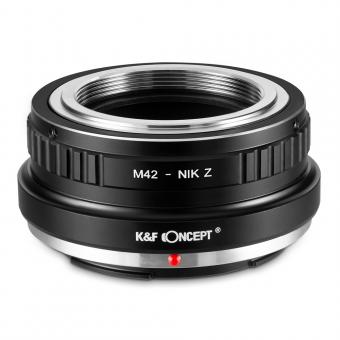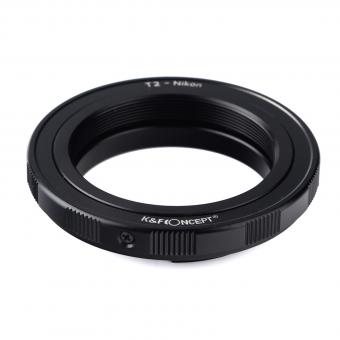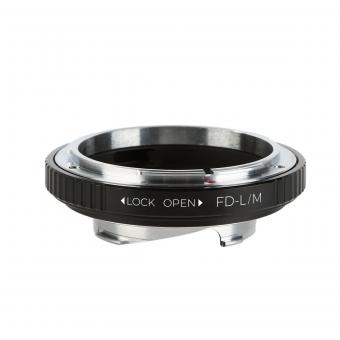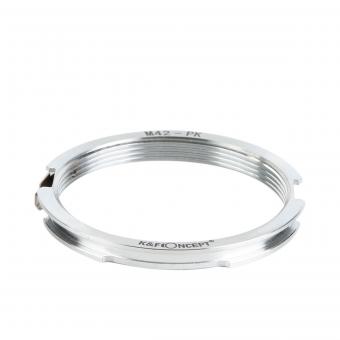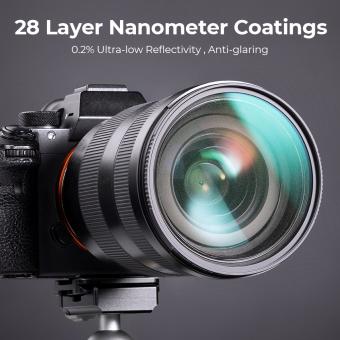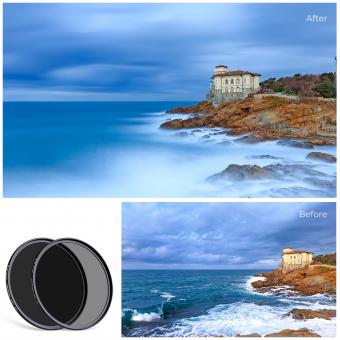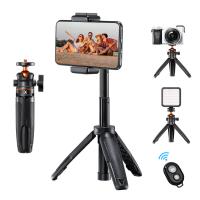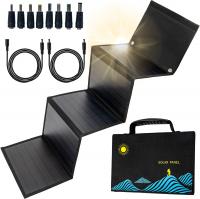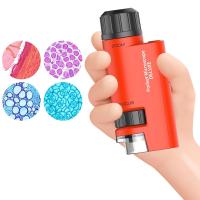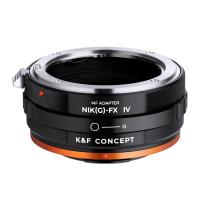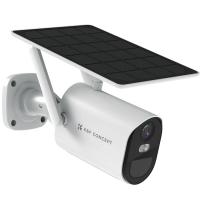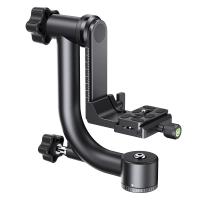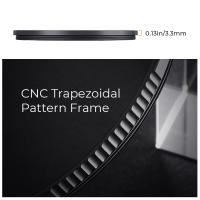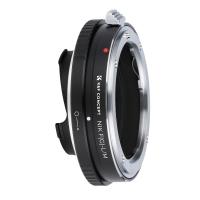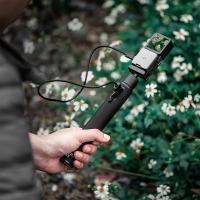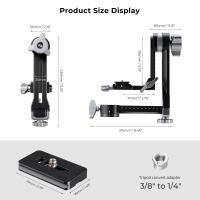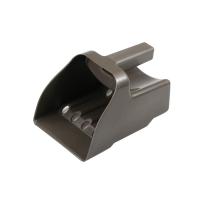How To Use A Drain Camera ?
To use a drain camera, first, locate the access point to the drain you want to inspect. Then, insert the camera into the drain and slowly feed it through the pipe while observing the video feed on the monitor. Use the camera's controls to adjust the lighting and focus as needed to get a clear view of the inside of the drain. As you move the camera through the pipe, look for any signs of damage, blockages, or other issues that may be causing problems with the drain. Once you have completed the inspection, remove the camera from the drain and review the footage to identify any issues that need to be addressed. Depending on the type of camera you are using, you may also be able to record the footage for later review or share it with others who need to see the condition of the drain.
1、 Equipment setup and safety precautions
Equipment setup and safety precautions are crucial when using a drain camera. Before using the camera, it is important to ensure that all equipment is in good working condition and that all safety precautions are taken. This includes wearing protective gear such as gloves, goggles, and a face mask to prevent exposure to harmful chemicals and bacteria.
To use a drain camera, first, locate the access point to the drain. This may require removing a drain cover or accessing the drain through a cleanout. Once the access point is located, insert the camera into the drain and begin to navigate it through the pipes. The camera will transmit images back to a monitor, allowing the user to see any blockages or damage within the pipes.
It is important to be gentle when navigating the camera through the pipes to avoid causing any damage. Additionally, it is important to avoid using excessive force when removing the camera from the drain to prevent damage to the camera or the pipes.
The latest point of view on using a drain camera is that it is an essential tool for diagnosing and resolving plumbing issues. With the ability to see inside pipes and identify blockages or damage, a drain camera can save time and money by allowing for targeted repairs rather than costly and time-consuming trial and error. However, it is important to use the camera safely and responsibly to avoid causing further damage to the plumbing system.
2、 Camera operation and image interpretation
How to use a drain camera:
1. Prepare the camera: Before using the drain camera, ensure that it is fully charged and that the memory card has enough space to store the footage. Also, make sure that the camera is clean and free from any debris or dirt.
2. Insert the camera into the drain: The camera is attached to a long, flexible cable that can be inserted into the drain. Slowly feed the cable into the drain while monitoring the footage on the camera screen.
3. Navigate the camera: The camera can be navigated using the controls on the cable. You can move the camera up, down, left, and right to get a complete view of the drain.
4. Record the footage: As you navigate the camera, you can record the footage using the camera's recording function. This will allow you to review the footage later and identify any issues.
5. Interpret the footage: Once you have recorded the footage, you will need to interpret it to identify any issues. Look for signs of blockages, cracks, or other damage to the drain.
Camera operation and image interpretation:
Operating a drain camera requires some technical knowledge and experience. You need to know how to navigate the camera and interpret the footage to identify any issues. It is important to have a good understanding of the drainage system and the types of problems that can occur.
Image interpretation is a critical part of using a drain camera. You need to be able to identify any signs of blockages, cracks, or other damage to the drain. This requires a keen eye for detail and the ability to spot even the smallest issues.
The latest point of view on using drain cameras is that they are an essential tool for maintaining and repairing drainage systems. They allow you to identify issues quickly and accurately, which can save time and money in the long run. With advances in technology, drain cameras are becoming more sophisticated and easier to use, making them an even more valuable tool for drainage professionals.
3、 Identifying blockages and damage
How to use a drain camera:
Using a drain camera is a simple process that involves inserting a flexible cable with a camera attached to it into the drain. The camera then sends live footage of the inside of the drain to a monitor, allowing the user to identify any blockages or damage.
To use a drain camera, first, locate the access point to the drain. This could be a manhole cover or an access point in the plumbing system. Once the access point is located, insert the cable with the camera attached to it into the drain.
As the camera moves through the drain, the user can watch the live footage on the monitor. This allows them to identify any blockages or damage to the drain. If a blockage is identified, the user can use the camera to locate the exact location of the blockage, making it easier to remove.
Identifying blockages and damage:
Using a drain camera is an effective way to identify blockages and damage in a drain. Blockages can be caused by a variety of things, including tree roots, grease buildup, and foreign objects. By using a drain camera, the user can identify the cause of the blockage and take appropriate action to remove it.
Damage to a drain can also be identified using a drain camera. This could include cracks, breaks, or collapsed sections of the drain. Identifying damage early on can prevent further damage and save the user money in the long run.
In conclusion, using a drain camera is a simple and effective way to identify blockages and damage in a drain. It allows the user to locate the exact location of the problem, making it easier to fix. With the latest advancements in technology, drain cameras have become even more effective, providing high-quality footage and advanced features such as GPS tracking.
4、 Locating the source of the problem
How to use a drain camera:
Using a drain camera is a simple process that can help you identify the source of a clogged drain. First, you need to insert the camera into the drain and navigate it through the pipes. The camera will transmit live video footage to a monitor, allowing you to see the inside of the pipes and identify any blockages or damage.
To use a drain camera effectively, it's important to have some basic knowledge of plumbing and drainage systems. You should also be familiar with the different types of cameras available and their features, such as the length of the cable, the resolution of the camera, and the lighting options.
Locating the source of the problem:
Locating the source of a drainage problem can be a challenging task, especially if the blockage is deep within the pipes. However, using a drain camera can make the process much easier and more efficient. By inspecting the inside of the pipes, you can identify the exact location of the blockage and determine the best course of action to remove it.
In addition to identifying blockages, a drain camera can also help you detect other issues such as cracks, leaks, and corrosion. This can be especially useful in older homes or buildings where the plumbing system may be deteriorating.
Overall, using a drain camera is a valuable tool for anyone dealing with drainage issues. It can save time and money by quickly identifying the source of the problem and allowing for targeted repairs. As technology continues to advance, we can expect to see even more advanced drain cameras that offer even greater accuracy and functionality.






